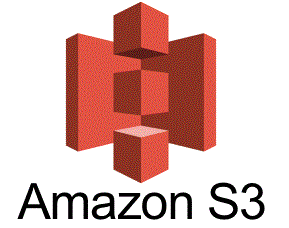46) What is S3 Glacier Deep Archive?
S3 Glacier Deep Archive is a new Amazon S3 storage class that provides secure and durable object storage for long-term retention of data that is accessed once or twice in a year. From just $0.00099 per GB-month (less than one-tenth of one cent, or about $1 per TB-month), S3 Glacier Deep Archive offers the lowest cost storage in the cloud, at prices significantly lower than storing and maintaining data in on-premises magnetic tape libraries or archiving data off-site.
47) How does S3 Glacier Deep Archive differ from S3 Glacier?
S3 Glacier : To retrieve archived data typically in 1-5 minutes using Expedited retrievals.
S3 Glacier Deep Archive L It is up to 75% less expensive than S3 Glacier and provides retrieval within 12 hours using the Standard retrieval speed.
48) What is S3 Inventory?
The S3 Inventory report provides a scheduled alternative to Amazon S3’s synchronous List API. You can configure S3 Inventory to provide a CSV, ORC, or Parquet file output of your objects and their corresponding metadata on a daily or weekly basis for an S3 bucket or prefix. You can simplify and speed up business workflows and big data jobs with S3 Inventory. You can also use S3 inventory to verify encryption and replication status of your objects to meet business, compliance, and regulatory needs.
49) What is S3 Batch Operations?
S3 Batch Operations is a feature that you can use to automate the execution, management, and auditing of a specific S3 request or Lambda function across many objects stored in Amazon S3. You can use S3 Batch Operations to automate replacing tag sets on S3 objects, updating access control lists (ACL) for S3 objects, copying storage between buckets etc.
50) Why should I use S3 Batch Operations?
You should use S3 Batch Operations if you want to automate the execution of a single operation (like copying an object, or executing an AWS Lambda function) across many objects. With S3 Batch Operations, you can, with a few clicks in the S3 console or a single API request, make a change to billions of objects without having to write custom application code or run compute clusters for storage management applications.








